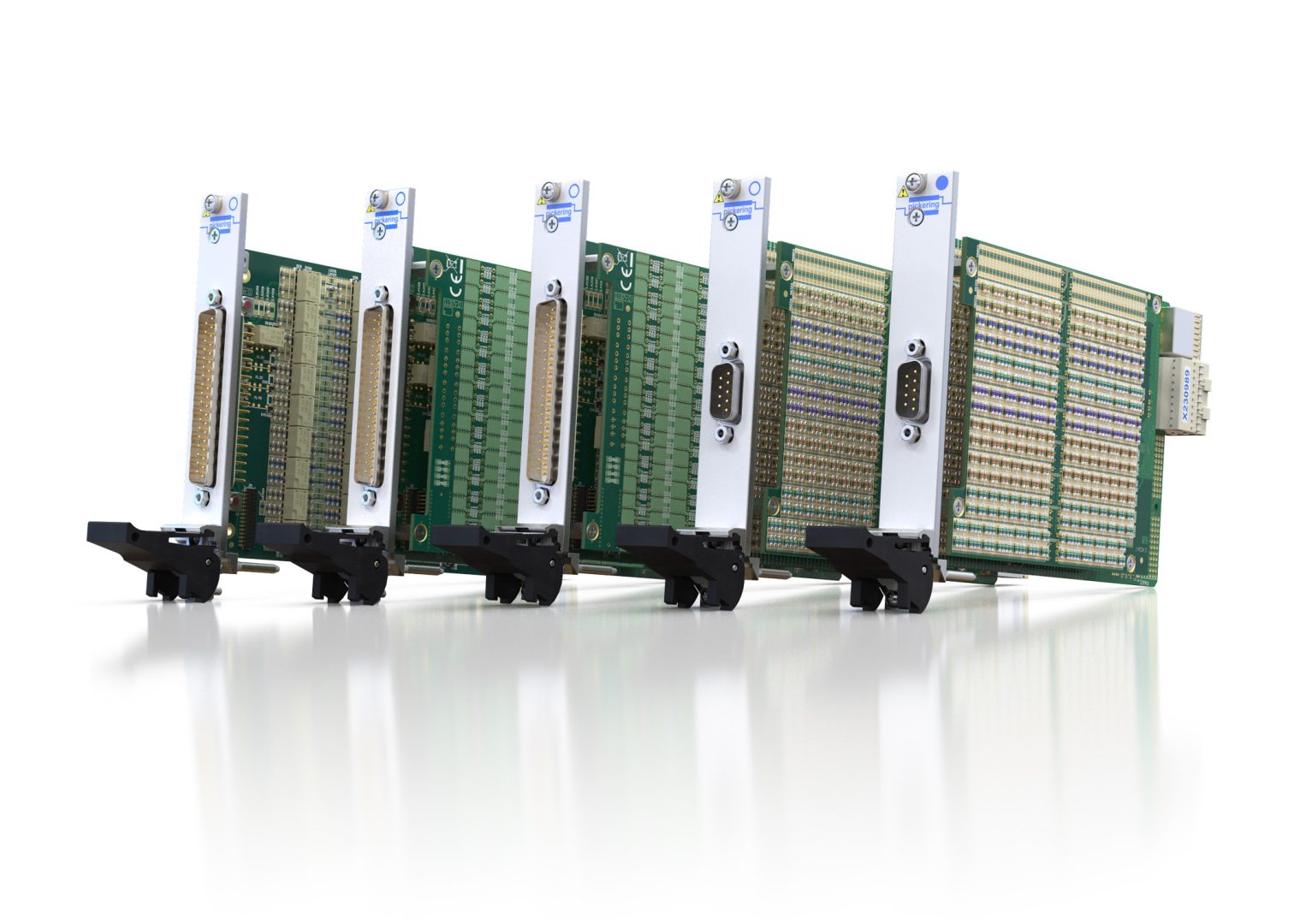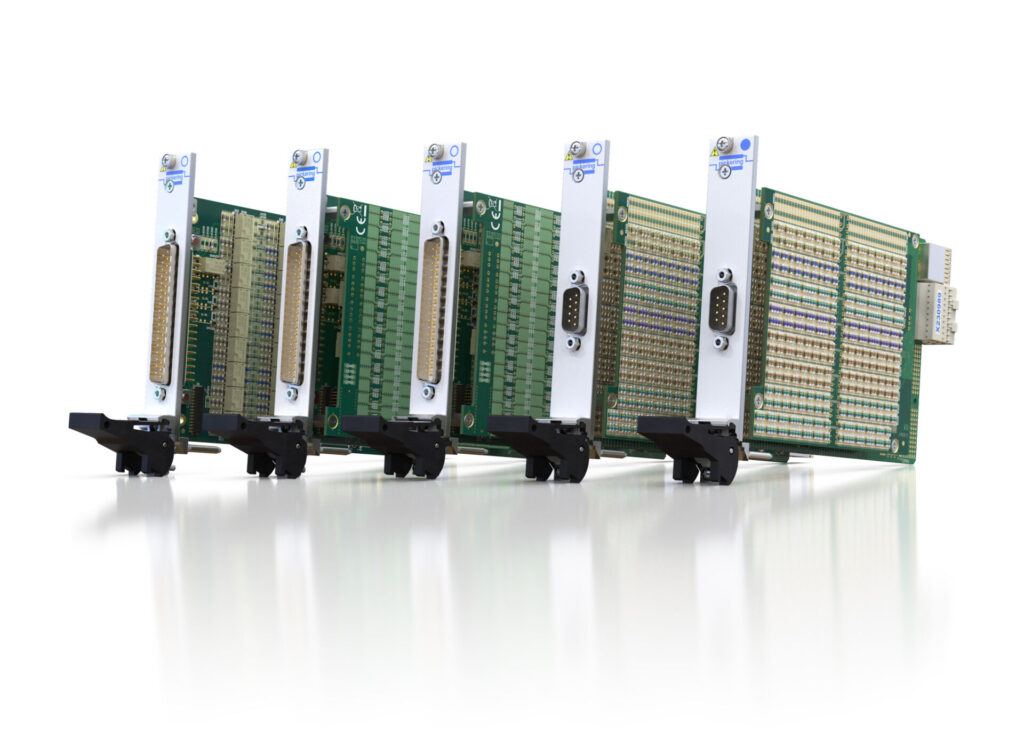
New programmable resistor modules from Pickering Interfaces address both functional test & verification and HIL applications
New programmable resistor modules from Pickering Interfaces address both functional test & verification and HIL applications
PXI/PXIe simulation modules available in multiple resistance ranges & resolution capabilities to meet the needs of most functional test systems
Pickering Interfaces, the leading supplier of modular signal switching and simulation solutions for use in electronic test and verification, has announced a new family of PXI and PXIe programmable resistor modules, its first that can handle up to 2A and 200V (or as limited by max power) . Part of the company's expanding range of medium to high power resistor modules, these PXI (model 40-254) and PXIe (model 42-254) products follow on from the 2.5 W (model 40-251), 5 W (model 40- 252), and 10 W (model 40-253), providing a compact, simple solution for applications requiring 1 or 2 resistance channels, with up to 15 W of power handling capability per channel. The 42-254 range is also the first medium power module available in PXIe format.
Programmable resistors are designed to simulate resistive sensors and variable resistors in systems when testing devices such as electronic controllers. The 40/42-254 family is available in a variety of resistance ranges and resolution capabilities (from 0.125 Ω to 8 Ω resolution and from 1 Ω to 395 kΩ range) to meet the needs of most functional test systems. For added test coverage, each channel can simulate short or open circuit conditions that can be experienced in a system caused by faulty wiring or sensors.
Software control is simplified by using resistor value calls. The module calculates the resistance setting closest to the requested value and sets that value. The user can interrogate the module to find the actual setting used. To help ensure long-term accuracy, a calibration cable assembly can be attached to the module in place of the UUT (unit-under-test), enabling simple calibration using a DMM (digital multimeter) to verify the resistor channels.
These resistor modules are available in 28 standard builds to suit the most common configurations:
- Narrow resistance range, available in 1 or 2-channel variants.
- Medium resistance range, available in 1-channel variants.
- Wide resistance range, available in 1-channel variants.
Depending upon the variant, each module comprises a mother and daughterboard or a motherboard only. These are populated with resistor chains, which are switched via two-pole electromechanical relays. User connection is via a front panel male 9-pin D-type connector. For applications requiring greater density with lower power, users should consider high-density precision resistor modules (model 40/42-297A).
“Part of Pickering's ongoing investment in simulation, these PXI/PXIe programmable resistor modules are ideal for automotive, aerospace or medical HIL (hardware-in-the-loop) applications – as well as functional test and verification of low to medium power products such as power supplies, chargers, batteries, solar panels and DC-DC converters,” said Paul Bovingdon, Simulation Product Manager at Pickering. “The modules' built-in fault insertion functionality is ideal for validating against potential fault conditions. Complementing Pickering's broader range of PXI sensor, battery, and load simulators, the modules can also be used in functional test systems to emulate actuators, coils, lamps, or auxiliary power supplies. These programmable modules offer a more flexible alternative to the hard-wired, fixed-function load resistors often found in test fixtures or custom load boards, bringing similar functionality to the modular PXI platform – but enabling multiple devices to be simulated by simply dynamically changing the amount of resistance through software.”
